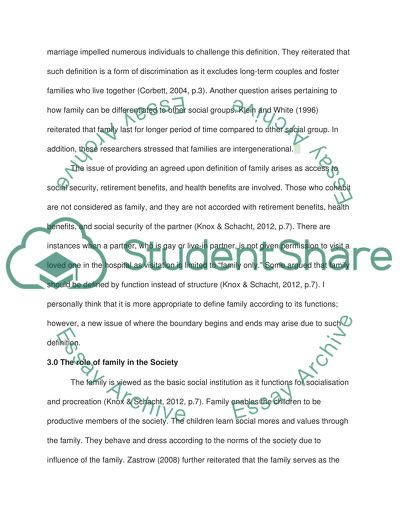Cite this document
(“Definition, Structure and Functions of Family Essay”, n.d.)
Retrieved from https://studentshare.org/psychology/1443884-what-is-a-family-and-what-are-they-like-in
Retrieved from https://studentshare.org/psychology/1443884-what-is-a-family-and-what-are-they-like-in
(Definition, Structure and Functions of Family Essay)
https://studentshare.org/psychology/1443884-what-is-a-family-and-what-are-they-like-in.
https://studentshare.org/psychology/1443884-what-is-a-family-and-what-are-they-like-in.
“Definition, Structure and Functions of Family Essay”, n.d. https://studentshare.org/psychology/1443884-what-is-a-family-and-what-are-they-like-in.


